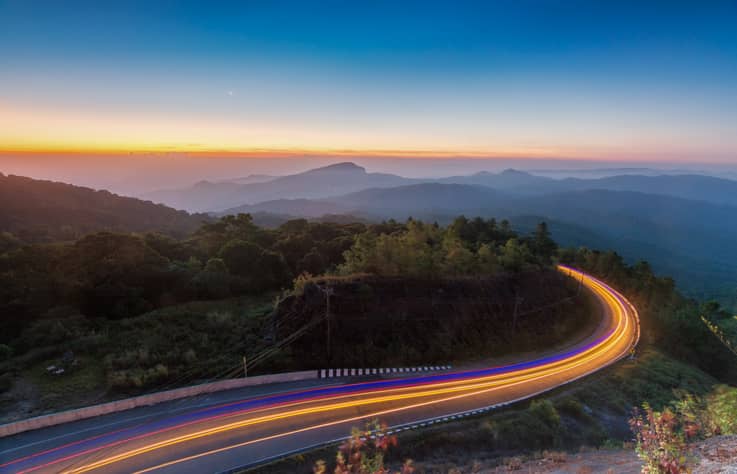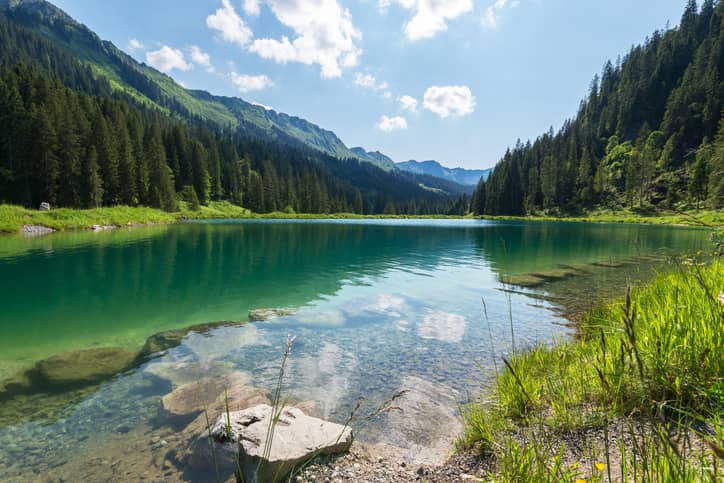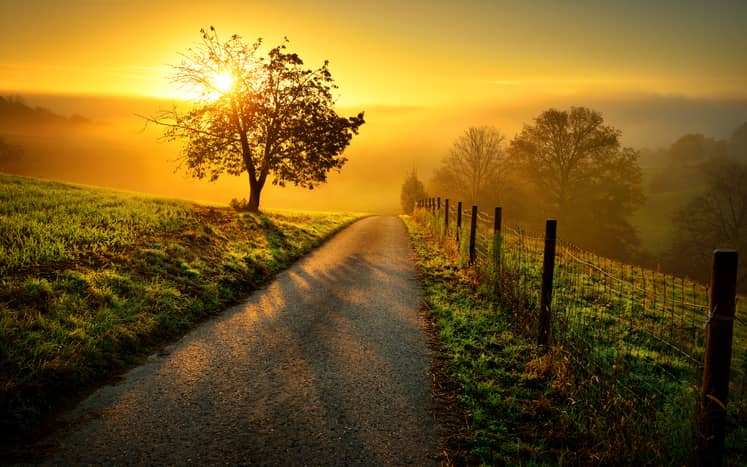Landscape photography is one of the most enjoyable and popular genres of photography that many beginners like to start with. It doesn’t require any interaction or permission from strangers and your subject usually remains very steady!
A good landscape image usually transports the viewer and gives them a sense of being at the location. These types of images also sell really well on both stock websites and as fine art prints.
However, creating strong landscape images requires more than just pulling out your camera and snapping a few photos.
I’ve put together my top 10 tips to help you step up your landscape photography. We’ll cover half this week and a half next week. So let’s start with 5 simple but essential tips for better photos:
1- Bring a tripod:

If you want to capture the sharpest photos at any time of the day under any type of light, then a tripod is an essential piece of equipment to have. Photos were taken during the early morning or evening, under low light circumstances, or long exposures of moving clouds and flowing water all require a slow shutter speed, and wouldn’t be possible to shoot handheld.
Tripods are also a great addition to capture multiple images to stitch them into a panorama too!
2- Adjust your depth of field:
Landscape photos usually require the entire scene – from the foreground to the distant horizon – to be in focus. That is why adjusting your aperture and increasing your depth of field is important to capture the sharpest images.
Start with a minimum of f/8 or f/11 and keep adjusting until you find the right spot that works for you.
3- Add layers in your images:

In order to capture the strongest landscape photos, you need to balance the different elements in the scene and add depth to it. This means you need to have a foreground, a middle-ground and a background.
Try to find something eye-catching to add in your foreground such as an interesting rock or a tree. It will add an element of story, create depth in your image and grab your viewer’s attention.
4- Pay attention to the light:
You could be standing in front of the most beautiful locations to photograph, but if the light doesn’t do it justice, you’ll end up with a boring photo.
Midday light is usually too bright and creates harsh shadows and washed-out colors. The best time to take landscape photos is either early morning or late evening during the “golden hour”. But don’t discount overcast days for moodier photos, or nighttime images with a beautiful starry sky using long exposures.
5- Guide your viewer with composition:

The easiest way to create a balanced photo is to generally start with the rule of thirds. Avoid placing your horizon and point of interest right in the center of the image. Instead, position your horizon along the top or bottom line of the grid, and place your subject at the intersection of the third lines.
By doing so, you create a more visually interesting and balanced image.
You can also use different compositional tricks such as leading lines and natural framing to guide your viewer through your image and create a sense of movement.
Following these simple tips will help you take stronger images that can sell both as stock or fine art. Next week, I will share with you 5 more advanced tips to take your landscape photography even further.
— Daniel











